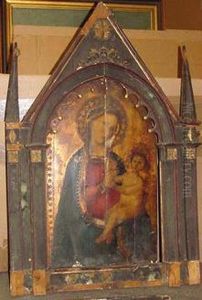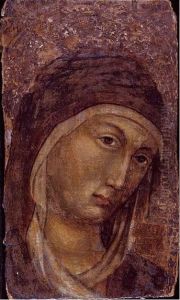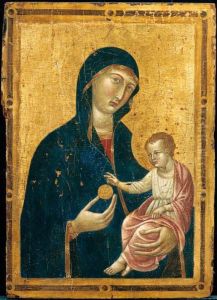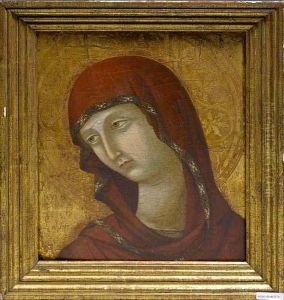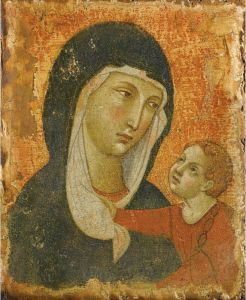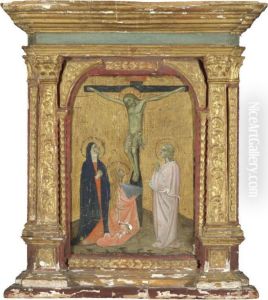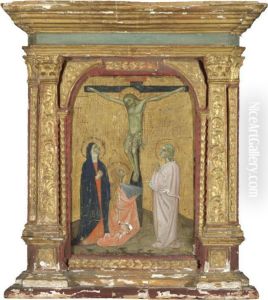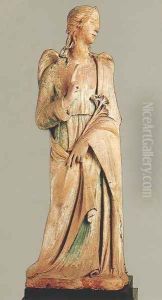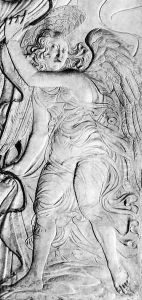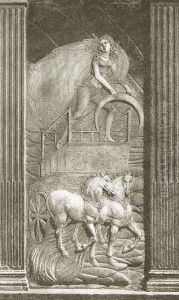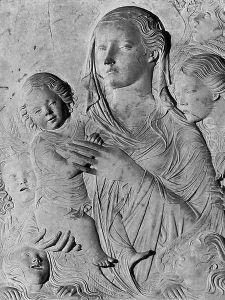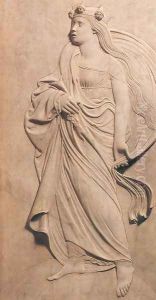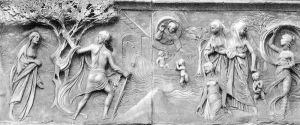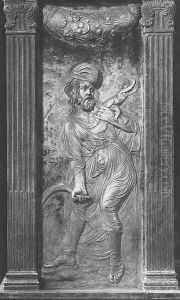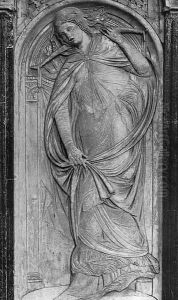Agostino di Duccio Paintings
Agostino di Duccio was an Italian Early Renaissance sculptor born in Florence in 1418. He was known for his work in marble and terracotta, and his style is recognized for its elegance and intricate detail, which reflects the transition from the Gothic to the Renaissance period. Agostino was trained in the workshop of Donatello, one of the greatest sculptors of the time, where he honed his skills and developed his distinctive style. After his apprenticeship, he embarked on a career that would see him working in various cities across Italy, including Perugia, Rimini, and finally Modena.
One of his most notable works is the elaborate decoration of the Tempio Malatestiano in Rimini, which he undertook for Sigismondo Pandolfo Malatesta. This project, which began around 1449, showcased his ability to blend architectural elements with sculptural decoration, creating a harmonious and innovative design that was ahead of its time. His work on the Tempio Malatestiano is considered a masterpiece of early Renaissance art, demonstrating his skill in creating detailed and expressive figures that seem to break away from the constraints of the material.
In addition to his architectural projects, Agostino di Duccio also created several notable freestanding sculptures, including works for the Church of San Bernardino in Perugia. His sculptures are characterized by their delicate detailing, graceful forms, and the sense of movement they convey. Agostino's work was influential in the development of Renaissance sculpture, and his techniques and stylistic choices would be echoed in the works of later artists.
Despite his contributions to Renaissance art and architecture, Agostino di Duccio's life and work were not as well-documented as those of some of his contemporaries, and as a result, some aspects of his career remain shrouded in mystery. He died in 1481, leaving behind a legacy that, though not as widely recognized as that of some of his peers, is celebrated for its artistic innovation and beauty. His works continue to be studied and admired for their technical skill and aesthetic appeal, marking him as a significant figure in the history of Italian Renaissance art.
